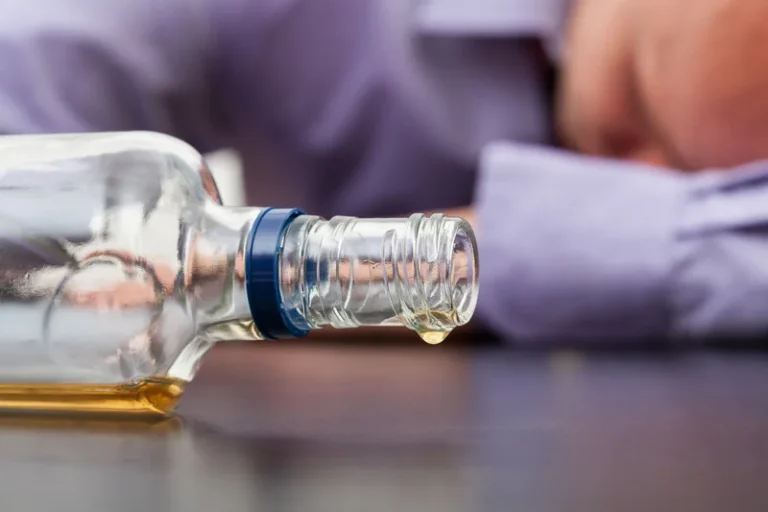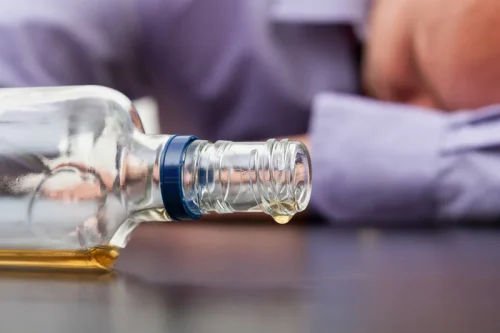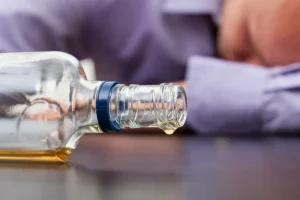
The reality, as Michael Sayette of the University of Pittsburgh explains in his review, is that alcohol’s rewarding effects interact in complex ways with our thoughts and emotions and the social situations we find ourselves in. To uncover why social drinking is so rewarding, researchers have had to develop more sophisticated, realistic experiments. Here I’ve pulled out five of the key insights from Sayette’s review that help explain why so many of us find alcohol the perfect companion when we’re socialising.
Signs Your “Social Drinking” May Actually Be Alcoholism
- BetterHelp offers affordable mental health care via phone, video, or live-chat.
- As shown by clusters of countries (for example, Middle Eastern countries with low alcohol intake but high GDP per capita), we tend to see strong cultural patterns that tend to alter the standard income-consumption relationship we may expect.
- Today, alcohol continues to function as a popular form of socialization all over the world.
- Our findings are obtained in social drinkers without any AUD, but have potentially important implications for attempts to understand the emergence of AUD.
However, social drinking may have some negative effects and hidden risks that you need to be aware of. This article is a complete guide to understanding social drinking and its implications for learning to enjoy alcohol responsibly. If you feel as though your social drinking or that of a loved one has lead to alcohol abuse, treatment is available. At Gateway, our evidence-based alcohol addiction programs offer hope and healing. The act of drinking socially is considered an integral part of American society, but it’s been part of human civilization for millennia.

Support Groups
Further discussion on these risk factors can be found on our topic page on drug use. In the chart, we see the relationship between average per capita alcohol consumption – in liters of pure alcohol per year – versus gross domestic product (GDP) https://ecosoberhouse.com/ per capita across countries. Alcohol has historically, and continues to, hold an important role in social engagement and bonding for many. Social drinking or moderate alcohol consumption for many is pleasurable. What’s the point of drinking if you are not going to achieve a good “buzz?
Health

However, all the experts we spoke to suggest that the studies that were done on the ‘benefits of alcohol’ are full of errors. It’s important to note that many of these studies are purely observational, i.e, include those who self-reported their alcohol intake every day (which can be manipulated) and granted access to their health information over a specified duration. According to The British Coffee Association, in the UK, we now drink approximately 98 million cups of coffee per day with 80% of households reportedly buying instant coffee each week. As a stimulant, caffeine has properties that help individuals stay alert and, in some cases, be more productive. However, it is still seen as socially acceptable to a lot of older generations. Similarly, the new vape culture is becoming more popular among younger generations which is causing a fresh concern as it could be seen as encouraging gate-way drugs for young people.
All other factors – such as genetics, personality or environment – are just shaping our drinking motives, according to this model. That is, they’re the gateway through which all these other influences are channelled. It’s easy to see alcohol consumption being a result of thousands of years of ritual and a lifetime of habit. Knowing what motivates people to drink is important to better understanding their needs when it comes to encouraging them to drink less, or in a less harmful way.
A century ago, some countries had much higher levels of alcohol consumption. In France in the 1920s, the average was 22.1 liters of pure alcohol per person per year. If you or someone you know is struggling with alcohol consumption, it’s important to seek help and support from a medical professional or addiction specialist. It’s not advisable to use terms like “social alcoholic” to downplay or normalize problematic drinking behavior, as this can hinder efforts to address the underlying issues and seek appropriate treatment.

- Alcohol’s rewarding effects interact in complex ways with our thoughts and emotions and the social situations we find ourselves in.
- Therefore, it is crucial to identify warning signs that can tell us if social drinking is transitioning into an alcohol-related problem.
The scatter plot compares the prevalence of alcohol use disorders in males versus that of females. The prevalence of alcohol dependence in men is typically higher than in women across all countries. Long-run data on alcohol consumption from the United States gives us one perspective of drinking since 1850. In the chart, we see the average consumption (in liters of ethanol) of different beverage types per person in the USA since the mid-nineteenth century. The comparison of this map with the previous maps makes clear that heavy drinking is not necessarily most common in the same countries where alcohol consumption is most common.

Factors affecting alcohol consumption and alcohol-related harm
There are a few telltale signs that you might need to adjust your approach to social drinking to semi or full sobriety. However, the narrative surrounding social drinking can quickly become muddled. What’s considered ‘standard’ varies greatly across cultures and personal boundaries.

Heavy drinking sessions
Social drinking occurs in many forms — from small events like birthday parties or meeting for a drink after work, to large-scale events like Oktoberfest or a New Years’ celebration party. There is no set amount of alcohol that determines a social drinker, but the CDC characterizes alcohol use as moderate drinking if a female consumes one drink per day, or a male consumes two drinks per day. This becomes binge drinking if a male consumes five or more drinks, or a female drinks 4 or more drinks during a general two-hour social drinking and drinking problem time frame on at least one occasion within a month. But a family history or current family alcohol or drug abuse problems may influence the start of personal drinking problems. Sometimes a drinking problem is triggered by major life changes that cause depression, isolation, boredom, and loneliness. Moderate social drinkers don’t use alcohol to self-medicate mental health conditions, nor do they experience physical cravings for alcohol.
Aside from traditional holiday and family ritual drinking, alcohol consumption has modernized and become a major aspect of everyday socialization in Korean culture. The production and consumption of alcoholic beverages date back to ancient civilisations. Risk and protective factors, prosocial peer affiliations, and synergistic relationships between social contexts are worth further research. Among immigrants, retaining the cultural values of the country of origin has shown to have protective influences on alcohol use, and this finding should be incorporated into future interventions for immigrant populations. Focusing on risk and protective factors will help inform future programs addressing alcohol initiation, specifically helping parents and communities understand how they may influence alcohol use among adolescents and young adults. However, Borrell and colleagues (2007) did report an association between discrimination and past-year alcohol use.